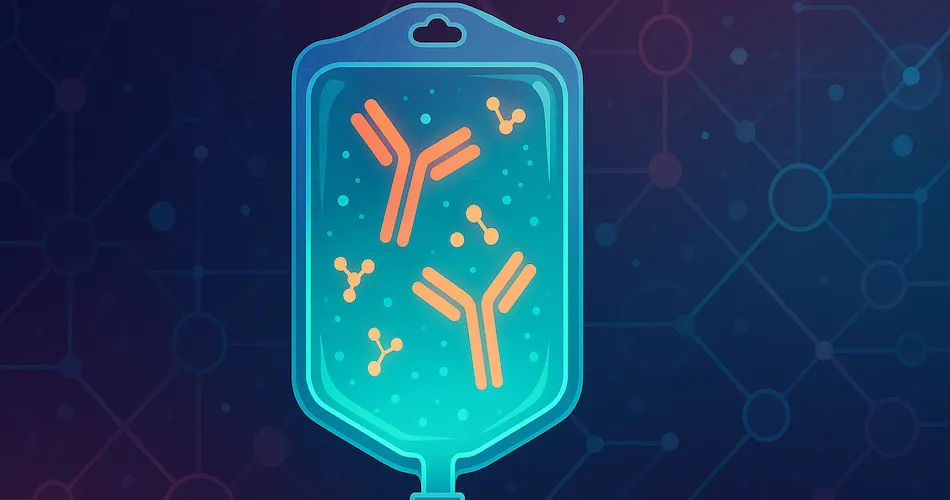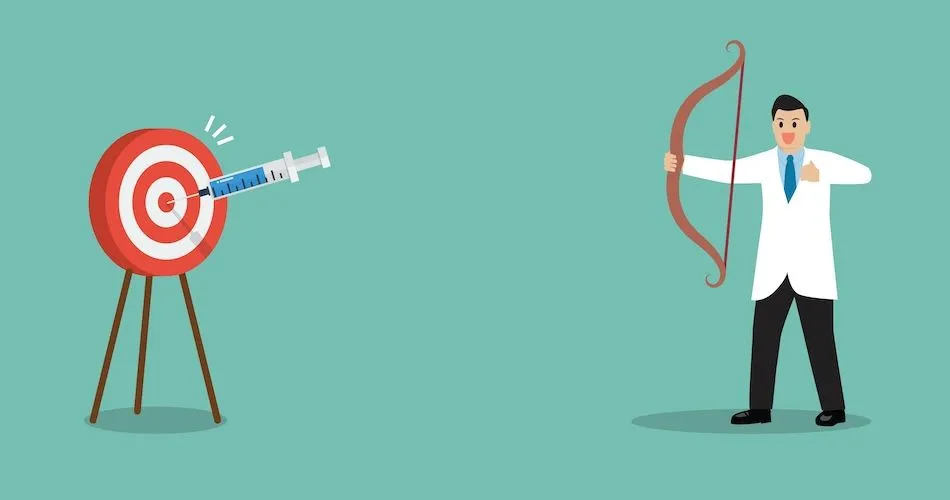Patient-Contributed Data Portals Lead to Faster Multiple Myeloma Research

Basic research of drug and treatment efficacy may stop or be slowed down significantly if researchers can’t find rare-disease patients (like multiple myeloma patients) for ongoing and new studies, according to experts convened for American Association for the Advancement of Science (AAAS) webinar about the obstacles and challenges for advancing care for rare-diseases held on September 29, 2022.
According to Dr. Peter Robinson, from Jackson Laboratory in Farmington, CT:
“Collecting clinical data is the most expensive and difficult part of any clinical research project.”
He explained that there is not enough funding from NIH (National Institutes of Health) or other groups to create registries because this requires collaboration of highly competent software engineers, medical experts, researchers and medical systems to compile.
NIH’s Dr. Eric Sid added by emphasizing “data sharing is key” while expressing that we need larger numbers of patients to create data-sharing models to ask and answer key questions in [myeloma]. A data portal linking patients’ demographics, medical conditions as well as location of testing and treatment is invaluable to connecting researchers.
Registries or patient contributed data portals are the seeds for further development and connect researchers and patients with rare diseases, according to Dr. Lucia Monaco with Rare Disease International (RDI) in Paris, France. More patients entered in registries speeds up the testing of hypotheses to move closer to cures.
All panelists agreed major obstacles to getting useful, accurate data included:
· Identifying enough patients with both a rare disease like myeloma and with one of the various subgroups that are determined by things like genetics or numbers of treatment.
· Making sure data is accurate and “future proof,” i.e., making sure research keeps up and stays ahead of, as much as possible, rapidly evolving diagnostics and treatments.
· Biological tissue and blood samples from patients, which could be stored in decentralized networks of bio-banks connected registries researchers of many diseases.
Biological samples are key for identifying novel therapeutic targets for the next generation of cancer therapies. Dr. Robinson added that a statistically sufficient sample is essential to decide if a therapy should be moved forward.
In rare diseases like myeloma, however, samples are difficult to collect in large numbers, sometimes because of clinical trials participation rules. A centralized registry can identify and guide studies with smaller groups, like those with specific genetic mutations.
“We need something more to win, and find the links between rare diseases,” emphasized Dr. Domenica Taruscio from the Italian Antifona Instituende of Health in Rome Italy, the need exists to “jump and go faster in research.” It is unlikely to reach optimal speed until we have and make use of comprehensive rare-disease registries.
HealthTree Cure Hub is one way patients can help accelerate myeloma research performed by myeloma specialists. Consider creating an account today to identify tools to help you navigate your myeloma as well as a way you can answer survey and study questions for top myeloma researchers.
Webinar Announcement Link:
Webinar Recording Link: https://view6.workcast.net/AuditoriumAuthenticator.aspx?cpak=5263952065562539&pak=8077737358207173
Basic research of drug and treatment efficacy may stop or be slowed down significantly if researchers can’t find rare-disease patients (like multiple myeloma patients) for ongoing and new studies, according to experts convened for American Association for the Advancement of Science (AAAS) webinar about the obstacles and challenges for advancing care for rare-diseases held on September 29, 2022.
According to Dr. Peter Robinson, from Jackson Laboratory in Farmington, CT:
“Collecting clinical data is the most expensive and difficult part of any clinical research project.”
He explained that there is not enough funding from NIH (National Institutes of Health) or other groups to create registries because this requires collaboration of highly competent software engineers, medical experts, researchers and medical systems to compile.
NIH’s Dr. Eric Sid added by emphasizing “data sharing is key” while expressing that we need larger numbers of patients to create data-sharing models to ask and answer key questions in [myeloma]. A data portal linking patients’ demographics, medical conditions as well as location of testing and treatment is invaluable to connecting researchers.
Registries or patient contributed data portals are the seeds for further development and connect researchers and patients with rare diseases, according to Dr. Lucia Monaco with Rare Disease International (RDI) in Paris, France. More patients entered in registries speeds up the testing of hypotheses to move closer to cures.
All panelists agreed major obstacles to getting useful, accurate data included:
· Identifying enough patients with both a rare disease like myeloma and with one of the various subgroups that are determined by things like genetics or numbers of treatment.
· Making sure data is accurate and “future proof,” i.e., making sure research keeps up and stays ahead of, as much as possible, rapidly evolving diagnostics and treatments.
· Biological tissue and blood samples from patients, which could be stored in decentralized networks of bio-banks connected registries researchers of many diseases.
Biological samples are key for identifying novel therapeutic targets for the next generation of cancer therapies. Dr. Robinson added that a statistically sufficient sample is essential to decide if a therapy should be moved forward.
In rare diseases like myeloma, however, samples are difficult to collect in large numbers, sometimes because of clinical trials participation rules. A centralized registry can identify and guide studies with smaller groups, like those with specific genetic mutations.
“We need something more to win, and find the links between rare diseases,” emphasized Dr. Domenica Taruscio from the Italian Antifona Instituende of Health in Rome Italy, the need exists to “jump and go faster in research.” It is unlikely to reach optimal speed until we have and make use of comprehensive rare-disease registries.
HealthTree Cure Hub is one way patients can help accelerate myeloma research performed by myeloma specialists. Consider creating an account today to identify tools to help you navigate your myeloma as well as a way you can answer survey and study questions for top myeloma researchers.
Webinar Announcement Link:
Webinar Recording Link: https://view6.workcast.net/AuditoriumAuthenticator.aspx?cpak=5263952065562539&pak=8077737358207173

about the author
Jay Hydren, PhD, CSCS
I’m a clinical researcher, with over 14 years of experience investigating various aspects of human health, nutrition and physiology. My PhD encompassed the broad topics of nutrition and integrative physiology with particular focus on age related diseases and vascular health. My most recent work focuses on accelerating a cure and treatments for Multiple Myeloma. I’m also working to improve patient experiences and decision-making processes for cancer treatment and care. To complement these critical research efforts, I enjoy hiking and skiing in Utah and surrounding states, along with training my dog and digital photography.
More on Clinical Trials
Trending Articles
Upcoming Events




Get the Latest Multiple Myeloma Updates, Delivered to You.
By subscribing to the HealthTree newsletter, you'll receive the latest research, treatment updates, and expert insights to help you navigate your health.
Together we care.
Together we cure.
3x Faster.













